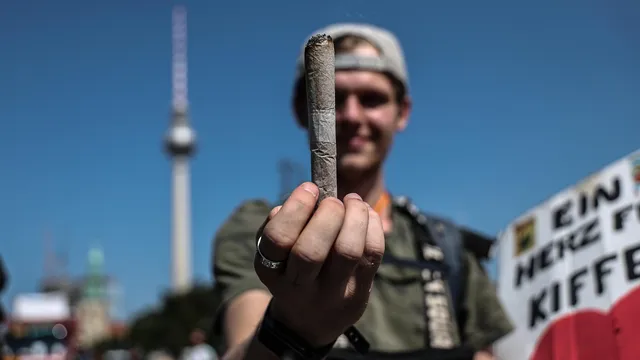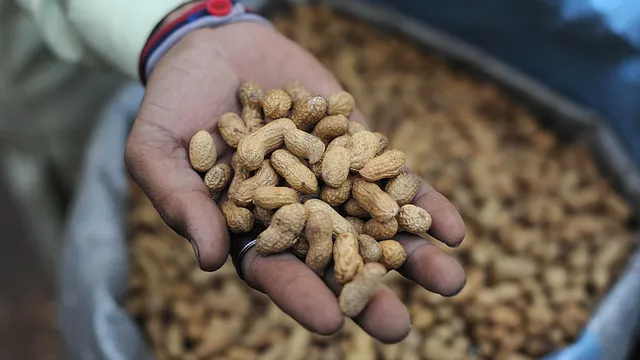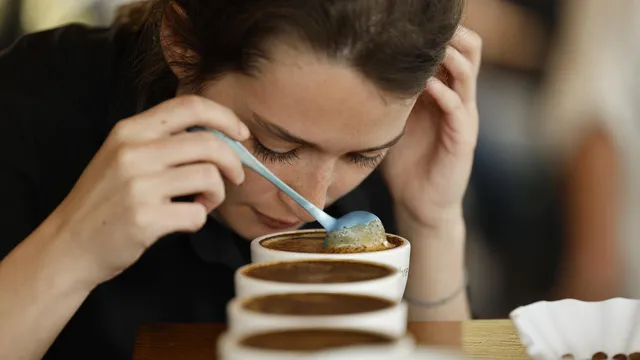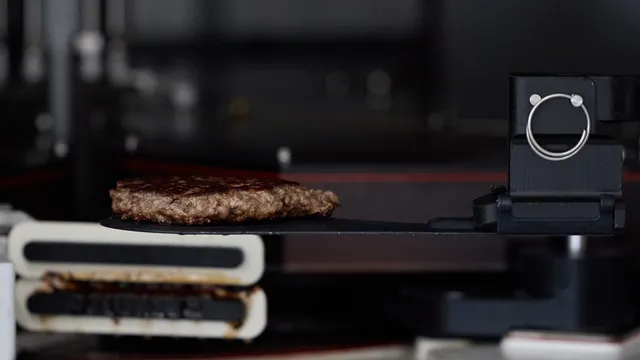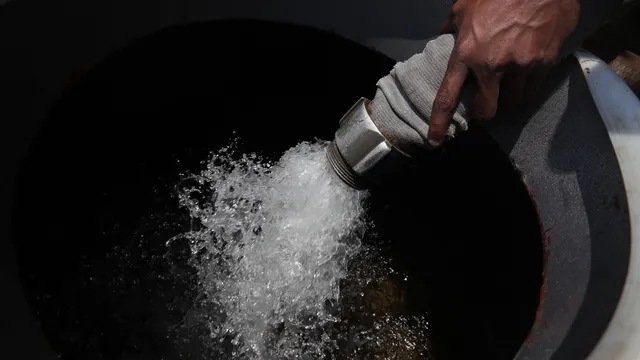The mother of a baby whose stomach and intestines "moved into her chest cavity" has welcomed new medical research aimed at treating her daughter's rare condition, Sky News reported.
Amelia Turner underwent life-saving surgery at Great Ormond Street Hospital (GOSH) just days after her birth. She suffered from severe congenital diaphragmatic hernia (CDH) — a potentially fatal condition that affects one in every 3,000 newborns.
In CDH, the diaphragm—the muscle that separates the abdominal and chest cavities—does not develop completely. As a result, organs that should normally be in the abdomen can move into the chest cavity and compress the developing lungs. This means that babies do not have enough space to develop fully formed lungs.
The current treatment for severe cases of CDH involves surgery while the baby is still in the womb – surgeons carefully place a small balloon in the fetus's trachea to stimulate lung growth. Even then, the chances of survival are only increased to 50%.
Amelia's mother, 26-year-old Georgia Turner from London, describes her pregnancy as "a complete whirlwind" after learning of the diagnosis.
"The team hoped that Amelia's condition would not be so severe. Unfortunately, after the birth, the doctors told me how serious the situation was—her intestines and stomach had already moved into her chest cavity," said the mother.
Amelia spent four months in the neonatal unit at GOSH, followed by another three months at her local hospital, before going home for the first time.
The "playful" girl, now 17 months old, underwent a second operation after the hernia reappeared at 15 months of age.
New research offers hope not only for less invasive treatment and higher survival rates, but also for reducing the risk of recurrence.
A system developed by experts at GOSH and University College London in the UK, together with a team from KU Leuven University in Belgium, offers treatment that can be administered directly to the baby while still in the womb.
The method uses nanodiamonds to deliver a hormone known as vascular endothelial growth factor (VEGF), which stimulates lung development.
The therapy has already been tested on lab-grown "mini-lungs" created using 3D printing to simulate compression, as well as on rats with the same condition.
"Nanodiamonds, 3D printing, and growth hormones in the womb—it all sounds like science fiction. But this research really shows what is possible," commented Dr. Stavros Loukogeorgakis, a surgeon at GOSH.
According to him, treatment could be available to families within just five years.
Little Amelia's mother welcomes the new developments:
"It's wonderful to see experts working to make CDH treatment more successful for all children and less invasive. I hope that better therapies will prevent repeat cases like Amelia's." | BGNES

 Breaking news
Breaking news
 Europe
Europe
 Bulgaria
Bulgaria


